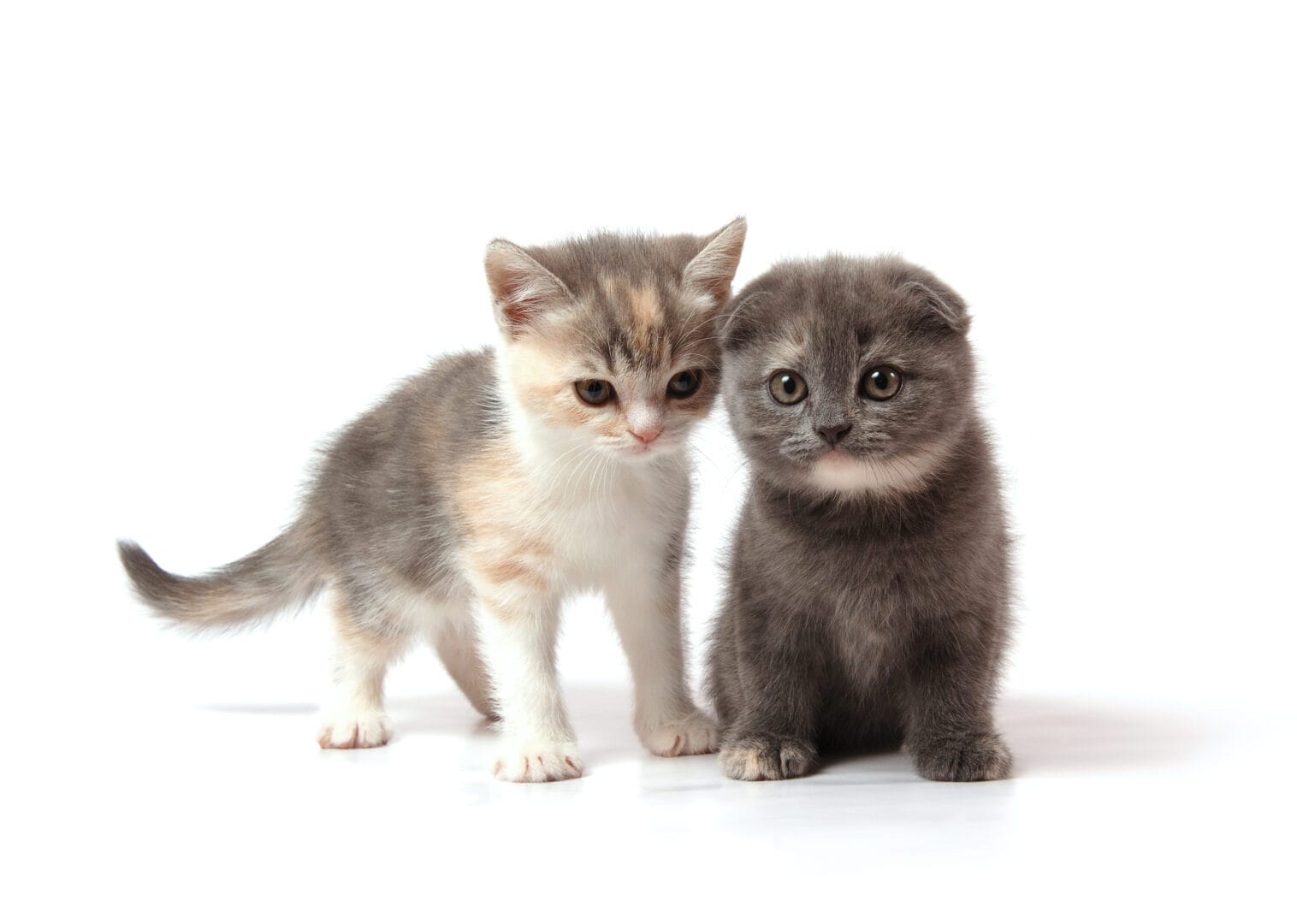Is your cat going to be a mum? Congratulations! Now it’s time to prepare your cat (and yourself!) for the cute bundles of fur that are coming your way. Here’s everything you need to know about cat pregnancy.
What Does a Typical Cat Pregnancy Look Like?
A typical cat pregnancy lasts between 63 to 65 days. During the initial few weeks, you may notice that they are a bit more quiet, fatigued or irritable; they may show signs of nausea or a change in their appetite. Some cats may become more irritable of other pets in the house regardless of prior relationships, while some cats require more attention from their owners. That being said, most cats act fairly normally throughout their pregnancy.
When Should You Visit Your Vet?
If you’re planning on breeding your cat, know that a queen should be fully vaccinated before becoming pregnant, since most vaccines shouldn’t be administered during a pregnancy. Take them to your vet who will booster any vaccines they need.
During this pre-pregnancy checkup, your vet should also assess their general health status and talk to you about other medical concerns, such as internal parasites and fleas. It’s also a good idea for you to have your cat examined around the fifth week of pregnancy to make sure that things are progressing well.
Throughout a cat pregnancy, you should contact your vet immediately if she has any vulval discharge, is excessively or continuously lethargic or has a decreased appetite. Also a cause for concern is excessive vomiting, diarrhea, urination or water consumption. While it’s not common, cats can deliver their litters prematurely due to a bacterial or viral infection, toxin exposure or other unknown causes.
The vet should also be called if you suspect the cat pregnancy has lasted longer than normal 65 days.
What Type of Diet Should Your Cat Have During Pregnancy?
Your cat could be eating for up to eight kittens! So, she’s going to require at least one and a half times her regular amount of food. Provide your pregnant cat with kitten food, which has a higher calorie count than regular cat food, in an effort to help her meet her caloric needs.
You should offer her many small meals throughout the day. Due to the pressure that her growing uterus puts on her stomach, large meals will be more challenging for her to consume.
How Should You Prepare for the Birth?
Put together a nesting box for your cat. The box should be warm, dry and located in a quiet place away from normal household chaos. You should line the box with absorbent and disposable material that can be removed once the kittens are born.
Your cat may display nesting behavior as the day of the birth draws closer. During this time, she may start looking for a quiet and clean place to give birth. Unfortunately, if she wants to give birth in your laundry basket or a closet, she’s going to do just that.
As long as she’s not showing any signs of distress, the best advice is to just let her be. At this point, it’s important to keep her inside so that she can find her ideal birth place in the safety of your home.
How Can You Prevent an Unwanted Cat Pregnancy?
The best advice is to get your cat spayed or neutered before four months old to prevent unwanted pregnancies and complications potentially associated with it. Many cats are euthanised every year — including kittens — because there are just not enough homes for them. If you’re excited for this batch of fur babies but want to prevent your cat from becoming pregnant again in the future, you can have her spayed as soon as she has weaned her kittens.
Want to learn more about newborn kittens? Check out Kitten Care: The First Year.
* This article is for general informational purposes only. It is not intended nor implied to be providing medical advice and is not a substitute for such advice. The reader should always consult a health care provider concerning any medical condition or treatment plan. Neither Care.com nor the author assumes any responsibility or liability with respect to use of any information contained herein.
The Pet Owner’s Guide to Cat Pregnancy



